Ashe Juniper Cypress Family Juniperus ashei p12 Texas Tra… Flickr
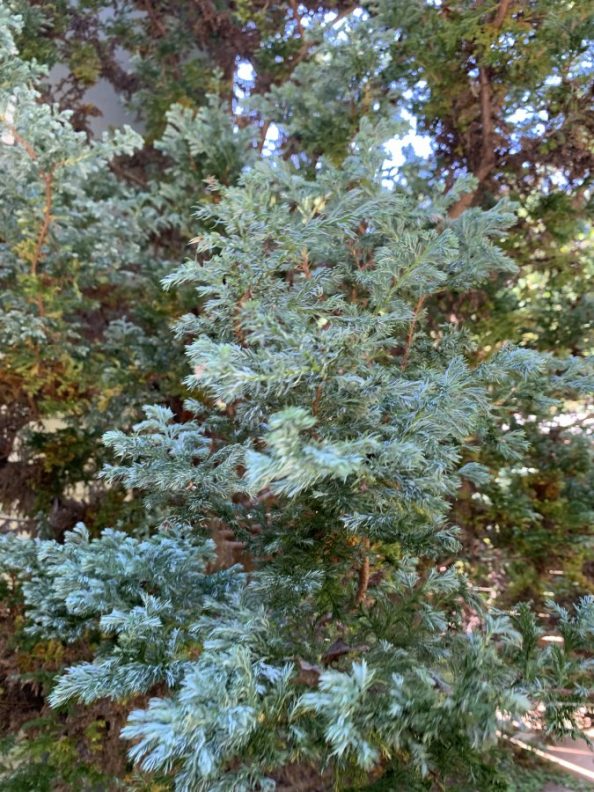
Juniper or Cypress? Walter Reeves The Gardener
last updated April 16, 2021 The lemon cypress tree, also called Goldcrest after its cultivar, is a variety of Monterey cypress. It gets its common name from the powerful strong lemon scent that its branches exude if you brush against them or crush their foliage.

Taylor Juniper Juniperus virginiana 'Taylor' 1 Gallon Junipers Buy Plants Online
How to Plant. Plant new shrubs in a shallow, broad hole as deep as the root ball and three times as wide. Add some compost to the soil and replace the soil up to the base of the plant. Give the new plant a good watering. Cover the ground around it with a 2-inch layer of mulch, but keep it 4 inches away from the stem.
No tag plant juniper or cypress? whatsthisplant
Junipers are coniferous trees and shrubs in the genus Juniperus ( / dʒuːˈnɪpərəs / joo-NIH-pər-əs) [1] of the cypress family Cupressaceae.

Ashe Juniper Cypress Family Juniperus ashei p12 Texas Tra… Flickr
Compact and slow-growing, Juniperus chinensis 'Stricta' (Chinese Juniper) is a narrow, pyramidal, evergreen shrub resembling the Italian cypress with its branches ascending to a point. Tightly branched, its soft, blue-green foliage is quite ravishing. Ideal for providing year-round structure, it makes a wonderful specimen plant and adds accent vertical lines to the landscape.

Juniper Branches Close Up Evergreen Juniper Plant Cypress Branches, Leaves with Seeds Closeup
Animals Home Plants Cypress vs Juniper: What's the Difference? Advertisement Technically sister species to one another, are there any true differences between a cypress vs juniper tree? These trees come in a variety of sizes and shapes, ranging in height and ornamental use.

Juniper vs Cypress Showdown Differences and Similarities Evergreen Seeds
Spartan Juniper is the source of the lovely spiraled topiary columns so popular in Mediterranean inspired gardens. A welcome alternative to the tall cypress of Italy, this column of green foliage can be pruned into a variety of topiary forms. Grow them in high quality, heavyweight concrete or ceramic containers for proper scale and stability.

Junipers are coniferous plants of cypress family Cupressaceae. ⬇ Stock Photo, Image by © yykkaa
Juniper needles are sharply pointed, while cypress scale-like leaves are more blunt. The color of the leaf varies depending on the species but is usually bluish-green for junipers and yellowish-green or gray for varieties of cypress. Many people prefer the look of blue-tinged foliage, which is why most gardeners will go with one type over.
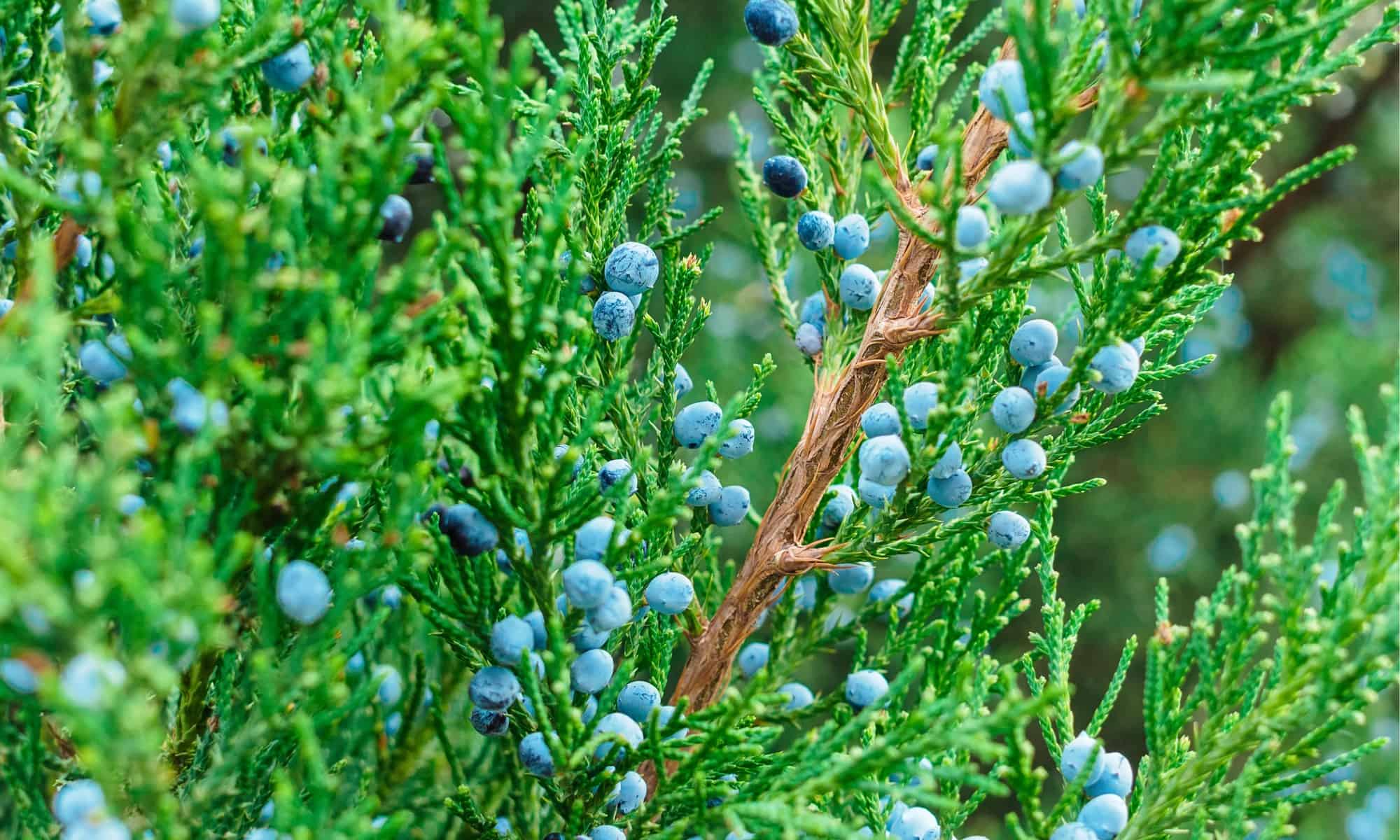
Cypress vs Juniper What’s the Difference?
Gardening enthusiasts are always on the lookout for plants that can add beauty and character to their outdoor spaces. Two popular choices that often come up in discussions are Juniper and Lemon Cypress. Both plants offer unique features and require specific care to thrive. Let's compare Juniper and Lemon Cypress, highlighting their distinct characteristics and providing essential care tips.
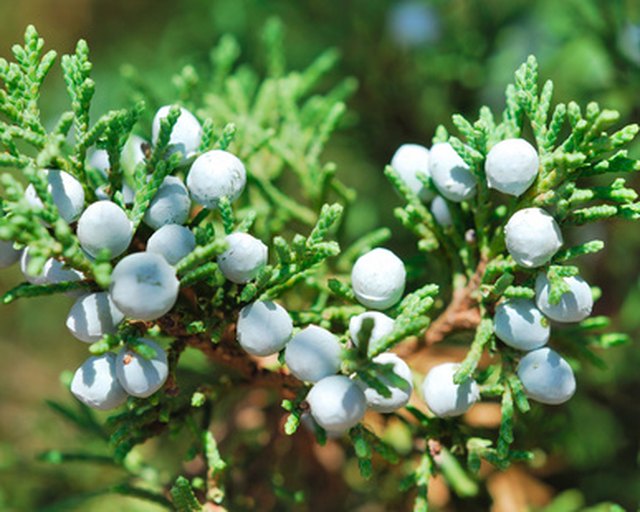
How to Identify Juniper Cedar Cypress Trees Hunker
Cypress ( Cupressus) is a tree family split into 130 species living all over the globe. They are all coniferous and include what's known as "true cypress" but also a "false cypress." Some cypress species are native to North and others to South America. Juniper ( Juniperus) is also a coniferous tree family split into 60 species.

Juniper Tree, Evergreen Juniper Plant, Cypress Branches. Garden Ornamental Shrub Stock Photo
Description. Hollywood juniper is a cultivar shrub in the Cupressaceae (cypress) family that was exported from Japan in 1920. This tree is salt and heat tolerant and is popular in California and the southwest. It can grow up to 15 feet tall and 10 feet wide in an irregular shape as it matures. The upright branches are slightly twisted with.

Junipers Coniferous Plants Cypress Family Cupressaceae Stock Photos Free & RoyaltyFree Stock
Plant during milder months of spring or fall to avoid heat or cold stress. Choose a sunny site with well-draining soil. Amend planting area with 20% organic matter. Dig a planting hole 2 to 3 times wider than the diameter of the root ball and slightly less deep than the rootball.

Juniper Tree, Evergreen Juniper Plant, Cypress Branches. Garden Ornamental Shrub Stock Photo
The Hinoki cypress is a tall, evergreen coniferous tree with spreading horizontal branches that droop at the tips. Hailing from southern Japan, it is often used for privacy screens because it's so tall and dense. It's famous in Japanese gardens, and its dwarf form can be used as bonsai.

Juniper Tree, Evergreen Juniper Plant, Cypress Branches. Garden Ornamental Shrub Stock Image
Junipers are members of the cypress family (Cupressaceae) which includes cedars. The genus Juniperus is the old Latin name for the plant. Occidentalis means "western" and indicates the range of this species. Western junipers occur in the Great Basin portion of eastern California, northwestern Nevada, eastern Oregon, and portions of eastern.

Juniper Tree, Evergreen Juniper Plant, Cypress Branches. Garden Ornamental Shrub Stock Photo
Botanical name Picea Dwarf spruce trees have needle-like leaves attached singly to small twigs. Dwarf varieties of spruce grow between 10" and 4 ft. (25 cm - 1.2 m) tall. The compact evergreen can have a conical, weeping, or spreading growth. Spruce trees thrive in USDA zones 3 to 8.
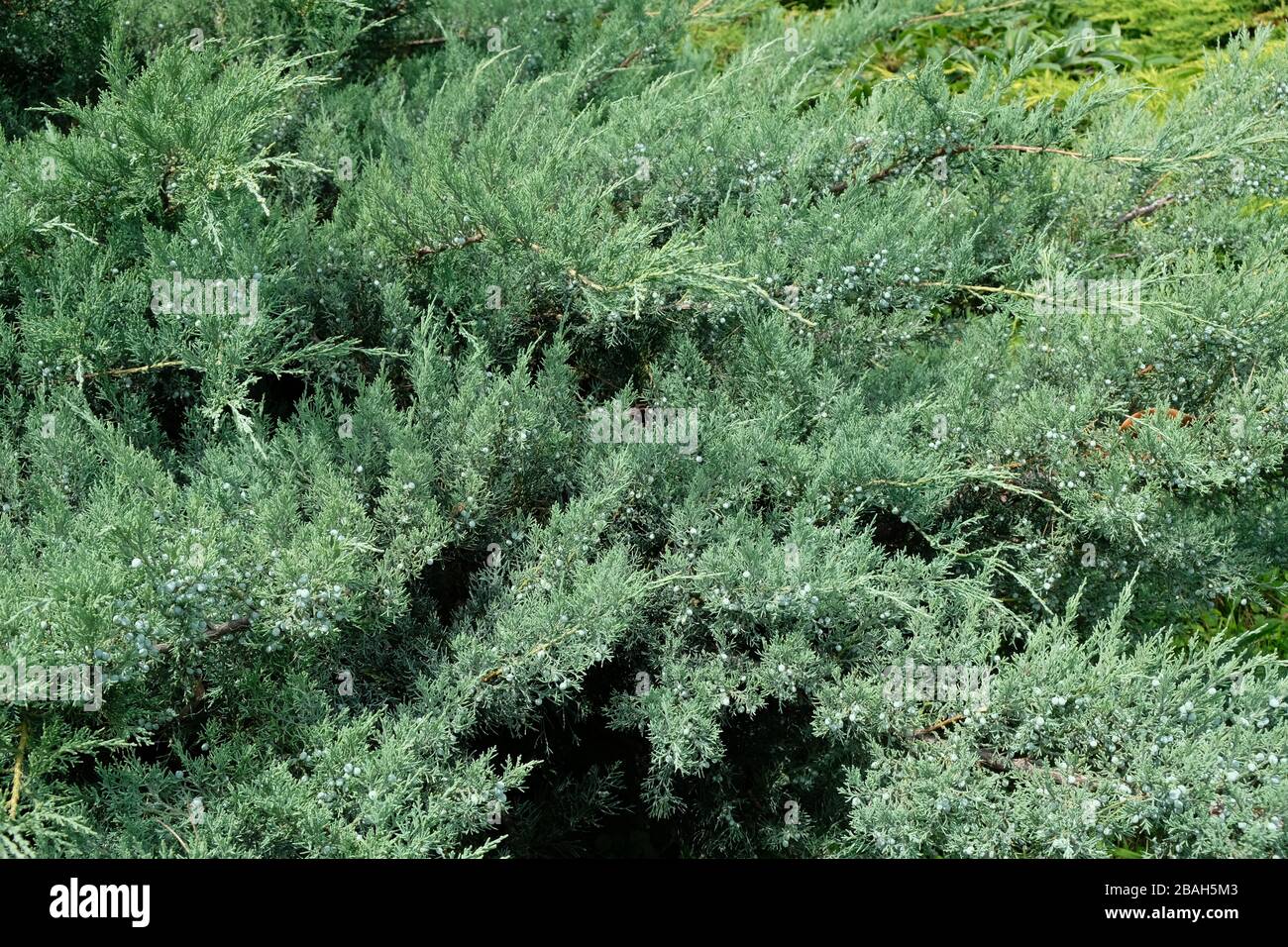
Large juniper tree with berries. The branches of evergreen shrub of the family Cypress. Common
The juniper tree is made up of roughly 60 different species of trees and shrubs in the Juniperus genus, within the cypress family of plants. Although some junipers use the word "cedar" in their common names, juniper and cedar are not the same. Here are a few examples of what makes juniper trees special:

Juniper Tree, Evergreen Juniper Plant, Cypress Branches. Garden Ornamental Shrub Stock Photo
juniper, (genus Juniperus ), genus of about 60 to 70 species of aromatic evergreen trees or shrubs of the cypress family (Cupressaceae), distributed throughout the Northern Hemisphere. A number of species are cultivated as ornamentals and are useful for their timber. Physical description eastern red cedar Eastern red cedar (Juniperus virginiana).